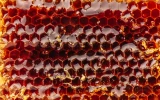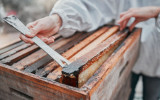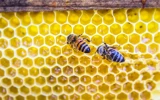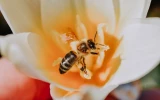How Much Honey Does A Bee Make (per Day, Year & Lifetime)
Bees make plenty of honey, which is more than enough to help them survive the winter. Honey is their fuel for energy since they don’t sleep during the freezing season. But how much honey does one bee make?
On average, a honey bee will make approximately one-twelfth of a teaspoon of honey in its lifetime, which is about 6 weeks. A total of 556 worker bees can make a pound of honey. Every year, a single hive with 50,000 bees can produce between 60 and 100 pounds of honey.
In areas where there aren't a lot of flowers in the spring, summer, and fall, bees don't produce honey all year. Most worker bees only live for around six weeks in the summer, and they can only go foraging for nectar on days when the air temperature is above 50 degrees Fahrenheit.
Summary
- Honey bee pollination is responsible for approximately one-third of the food we consume.
- Honey bees are the only insects that produce food that humans consume.
- Honeybees never sleep. They spend the night motionless to conserve energy for the next day's activities.
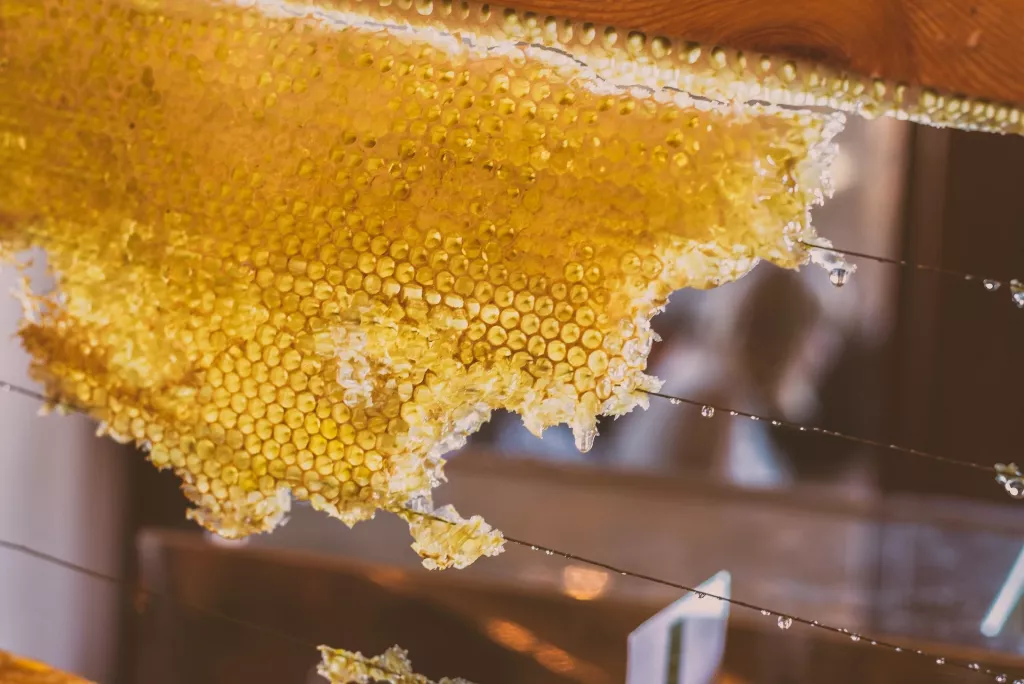
On this page:
How Much Honey Does A Bee Make Per Day?
A single bee does not make honey on a daily basis. It still needs to forage and gather nectar. But a healthy beehive with 50,000 to 80,000 bees can produce up to 10 pounds of honey per day if it’s in a location surrounded by nectar-rich flowering plants like clover, buckwheat, and alfalfa.
In order to produce one pound of honey, bees must fly over 55,000 miles as fast as 15 miles per hour multiple times and tap around two million flowers. A honey bee will visit 50 to 100 flowers during a single collection trip. Honey bees typically travel approximately 3 miles from the hive in search of nectar and pollen.
The sweetness and water content of each type of plant nectar vary slightly. On average, nectar contains 70–80% water, while ripe honey contains 17%.
This means that the workers must transport a large amount of liquid to the hive in order to dehydrate the nectar and convert it into a stable food source.
Honey bees are not born with the ability to produce honey. Instead, older bees teach them in the hive. The bee's primary food source is honey.
Honeybees are busy collecting nectar from flowers and blossoms in order to store enough food for their colony during the winter months. The honeybee converts nectar to honey and stores it in the wax honeycomb.
A worker bee can carry nectar or pollen equivalent to 80% of her body weight.
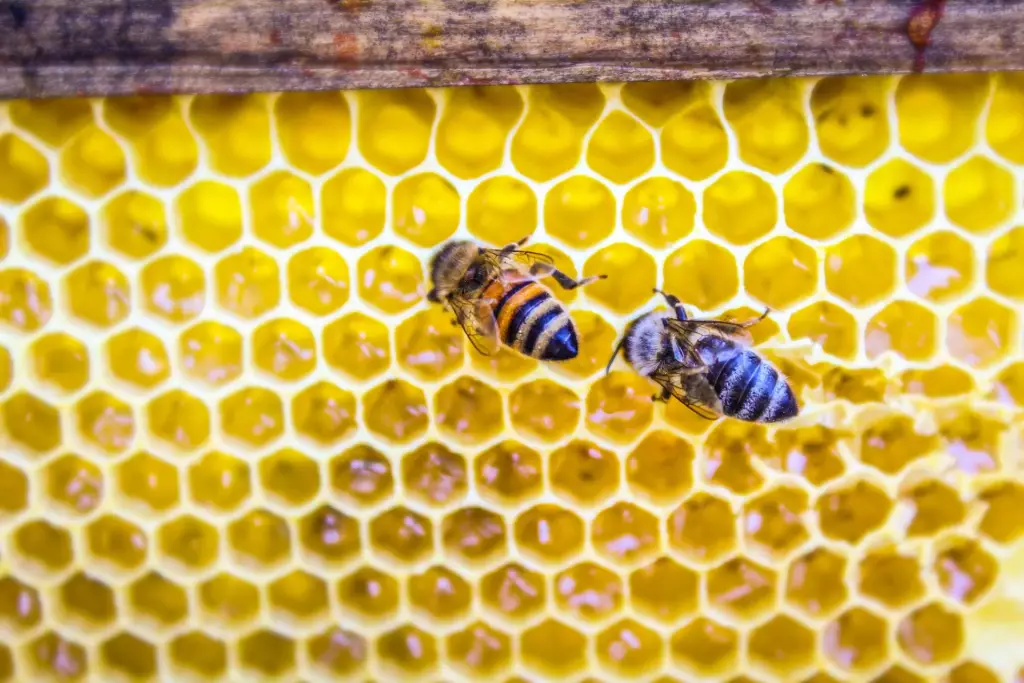
The bees don’t simply store the plant nectar and save themselves the trouble, because nectar spoils quickly due to its high water content.
The worker bees help in the conversion of watery nectar into ripe honey, which is then stored in wax cells. However, they must first bring back nectar to the hive.
How Many Bees Make 1 kg Of Honey?
Around 1,200 healthy bees can make a kilogram (2.2 lbs) of honey. A thriving beehive with 50,000 bees, therefore, makes almost 42 kg (92 lbs) of honey.
A hive must collect 10 pounds of pollen for every pound of honey it produces. About an ounce of honey can fuel a honey bee's flight around the world.
Every year, the average American consumes 1.31 pounds of honey.
Every year, more than 300 different types of honey are produced in the United States. The color and flavor variations are determined by the types of flowers from which the bees collect nectar.
How Many Bees Are Needed to Produce One Teaspoon of Honey?
If a bee makes 1/12th teaspoon of honey, then it takes 12 bees to make one teaspoon.
One beehive with 50,000 hardworking bees can make up to 4,167 teaspoons of honey.
A pound of honey measures 64 teaspoons.
How Long Does It Take Bees To Make A Jar Of Honey?
A jar of honey weighs about one pound, or 16 ounces.
A bee can carry approximately 0.04 g of nectar. However, because nectar is only about 40% sugar and honey must be about 80% sugar, the bee only carries about 0.02 grams of honey on each trip.
Therefore, it requires 768 honey bees (12 bees x 64 tsp), and 22,700 nectar-collecting trips (454 g/0.02 grams per trip) to fill a single jar of honey.
Honey contains 80% sugars and 20% water.
Does buying honey help bees?
Yes, purchasing honey benefits honey bees.
Honey is not always the best winter food for bees. Some honey contains too many solids and will cause dysentery in bees while they are trapped in the hive over the winter. During the winter, this spreads disease and can lead to hive death. It is a myth that honey is always preferable to sugar syrup.
Bees do not consume all the honey they produce. But they continue to produce far more honey than they need. They use their honey as an energy source for the hive. Depending on the weather, a hive might use over 20 kilograms (44 pounds) of honey over a single winter.
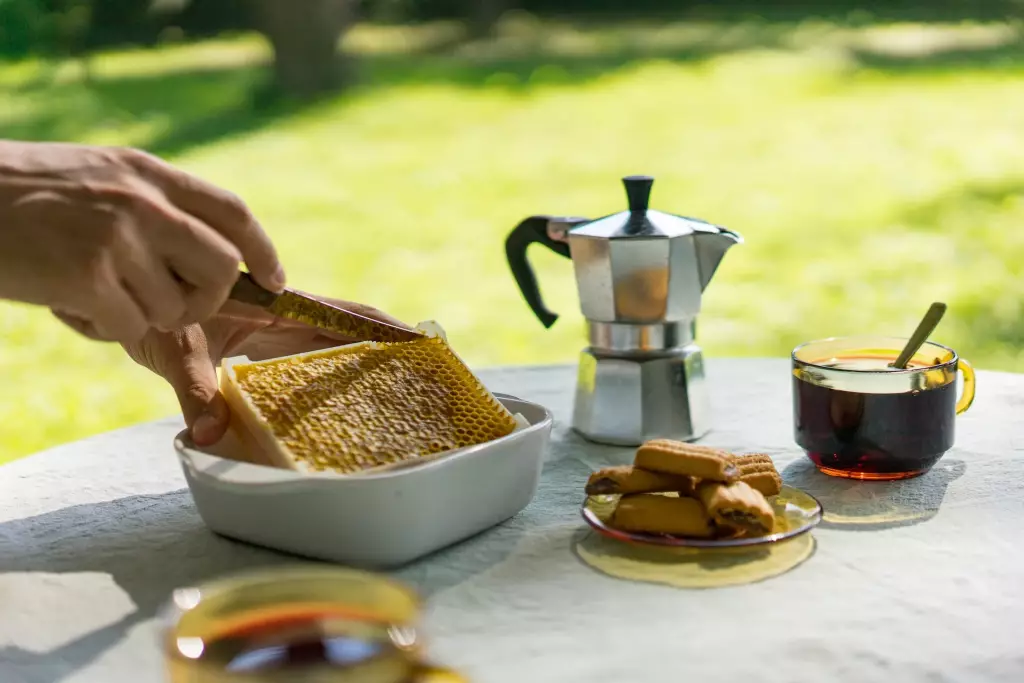
Honey was originally a food store designed to keep bees going during the dry season. The point is that if rainy seasons don’t come, droughts can last for a long time.
So, given the nectar flow, the bees will apparently build up honey stores indefinitely. Bees collect both nectar and pollen for food, and they collect so much in good times that they have enough for bad weather when there isn't any.
Bees do not produce honey all year in most areas, and for many beekeepers, the bees will not have any surplus honey until the second year.
Even if you don't harvest any honey, you may still need to feed the bees sugar to keep them alive.
What happens if we don't collect honey from the beehive?
There are beehives that have not had their honey removed. The bees have completely filled the hive with honey, leaving no room to raise their young.
The bees will decide that their current home is too small and will swarm and leave the hive in an attempt to establish a new one. The bees may also choose to not leave the hive, but they will begin storing honey in the comb that they normally use to raise the young bees in.
This can be fatal if it is too late in the season, because the colony will be unable to produce new bees, and the colony will become very weak and may collapse as the existing bees age and die.
Both of these scenarios are detrimental to the beekeeper. A hive filled with honey bees can cost several hundred dollars. It is preferable to harvest excess honey than to allow your bees to pack up and leave or die out due to a lack of space.
Fortunately, bees work very hard and frequently produce more honey than they require, allowing beekeepers to harvest the excess.
Beekeepers do not remove all the honey from a hive when collecting it. They mostly collect surplus honey and/or stop collecting honey in the late summer to give the bees time to build up their honey stores for the winter.
Beekeepers store some extra honey to put back on the hive or provide a sugary food directly to the hive during the late winter, just in case of a bad or long winter.
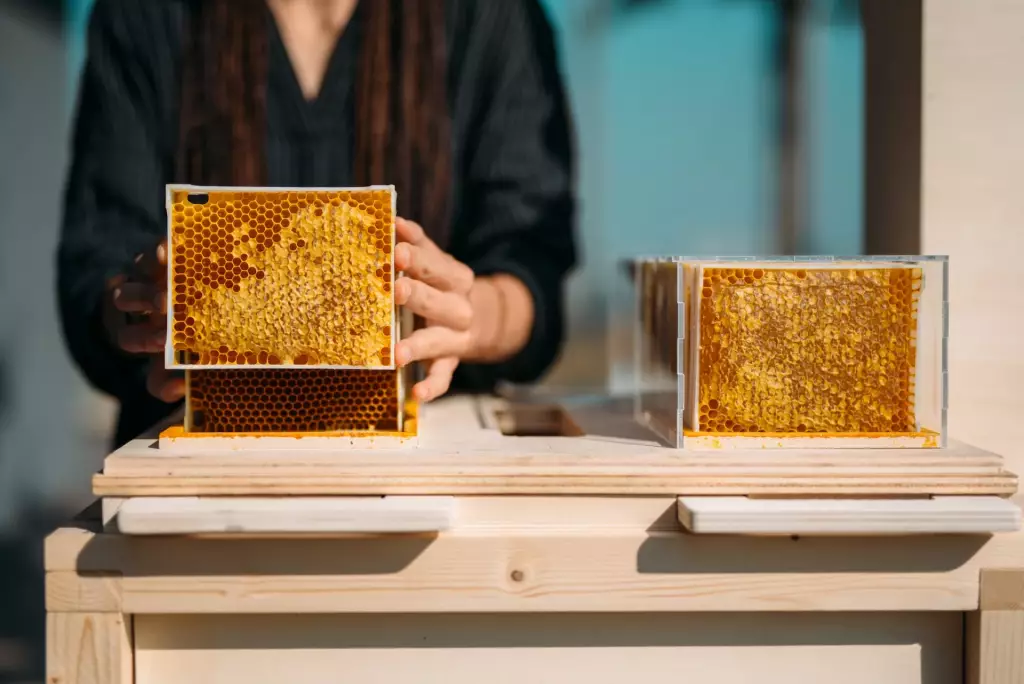
When harvesting honey, beekeepers should prepare ahead of time and avoid rushing the process. Gentle, calm movements, rather than large, exaggerated ones, will aid in keeping the bees calm.
Make sure you're not wearing any perfumes, or colognes, as these will attract curious bees, making it difficult to work.
